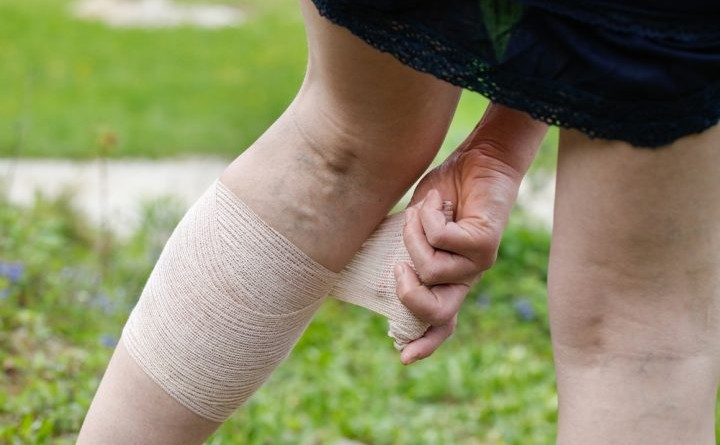Deep vein thrombosis (DVT) occurs when a clot forms in the “deep veins” of the body, specifically the legs. DVT is serious, and the complications that ensue can be fatal. While there are quite a number of risk factors for developing DVT, there are also things you can do to help prevent it.
Lifestyle
Obesity, inactivity, and certain vices can increase the risk of developing DVT. If you’re concerned about DVT, shedding those extra pounds might literally save your life in this instance. A diet high in fiber but low in fat is especially good for DVT prevention. If your job requires long hours of sitting or your hobbies tend to be sedentary, get out there and take a walk around the block to get your blood pumping. Even if you aren’t sitting all the time, stretching your legs during long flights or drives will improve circulation. If you have a combination of risk factors, this is especially important.
Stronger, healthier veins mean less of a chance for DVT to set it. Smoking changes your circulation and the way your blood clots, so toss out that pack of cigarettes. You may also need to cut back on the coffee and alcohol, which can actually dehydrate your system and increase the likelihood of a clot.
Genetics
Unfortunately, just having family members who developed DVT or a pulmonary embolism means you’re more likely yourself. Additionally, some people have clotting disorders, like Factor V Leiden, in which the blood is too thick and/or clots too easily. If you know any of these things to be true, speak with your doctor about your options. You might need a blood thinner at some point. Avoid wearing tight socks or pants, and check into compression stockings, which encourage blood flow and help with swelling.
Your age also affects your likeliness of developing DVT. After you pass 40, your chances of developing such a clot double, as the veins tend to become less strong with age. Keep an eye on your blood pressure, and know the signs of both DVT and pulmonary embolism, as DVT doesn’t always come with symptoms.
Recovering from Illness
During illness or after a surgery, you may be confined to a bed for long stretches of time. Unfortunately, this is one of the times DVT is most likely to occur—when you’re the least able to do anything about it. Keep your feet raised, do small exercises (especially if your doctor recommends them), and get out of bed as soon as possible to get moving again.
Special Concerns for Women
Women should be careful when using birth control or hormone replacement, as well as during pregnancy because certain hormone levels make them more likely to develop DVT. Keep moving during your pregnancy. If you’re sentenced to bed rest, stretch your legs as much as your doctor will allow. Let your doctor know if your family history includes clotting disorders or DVT, so that he or she can be extra cautious.
Featured Image Source: DepositPhotos/© zlikovec




